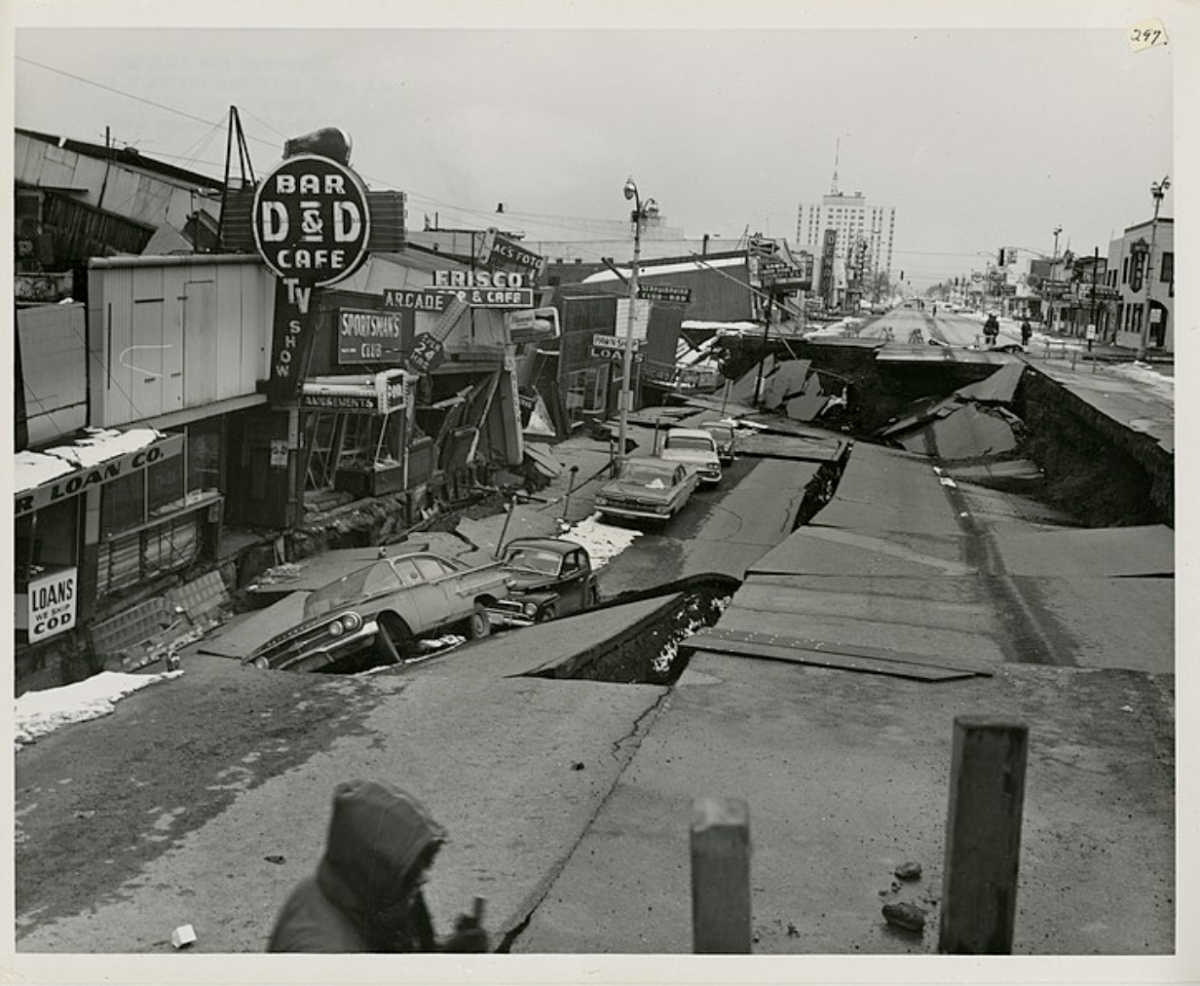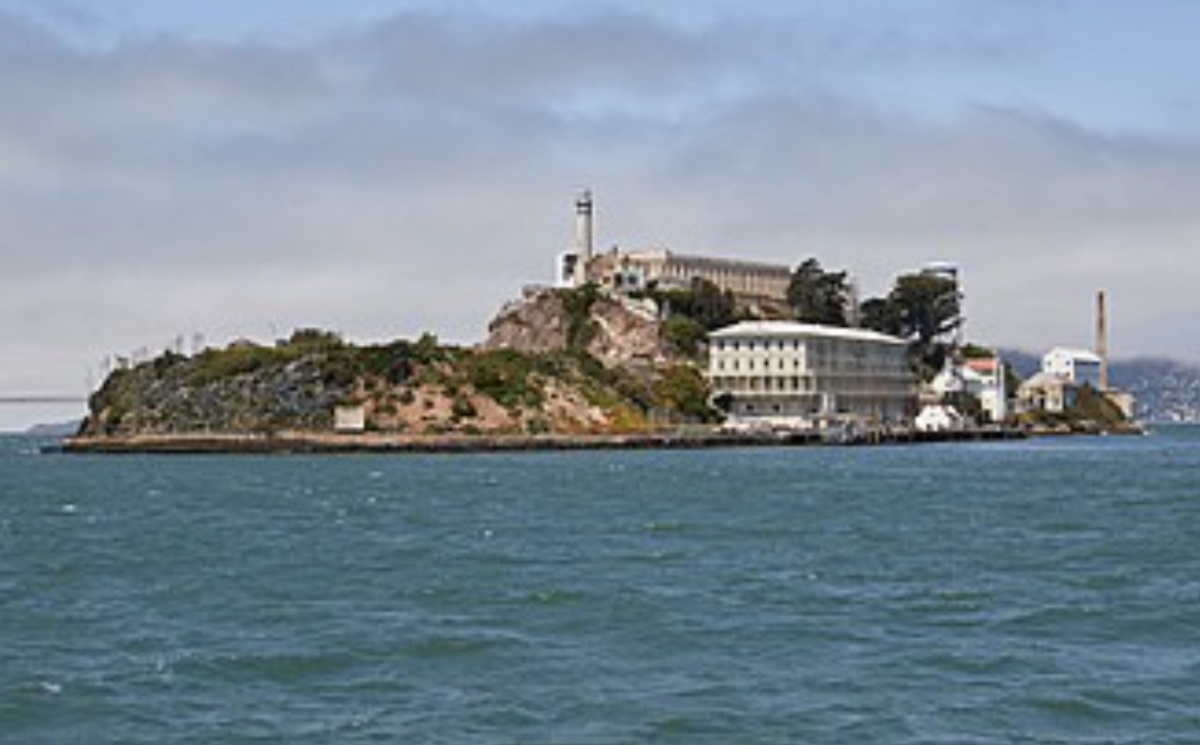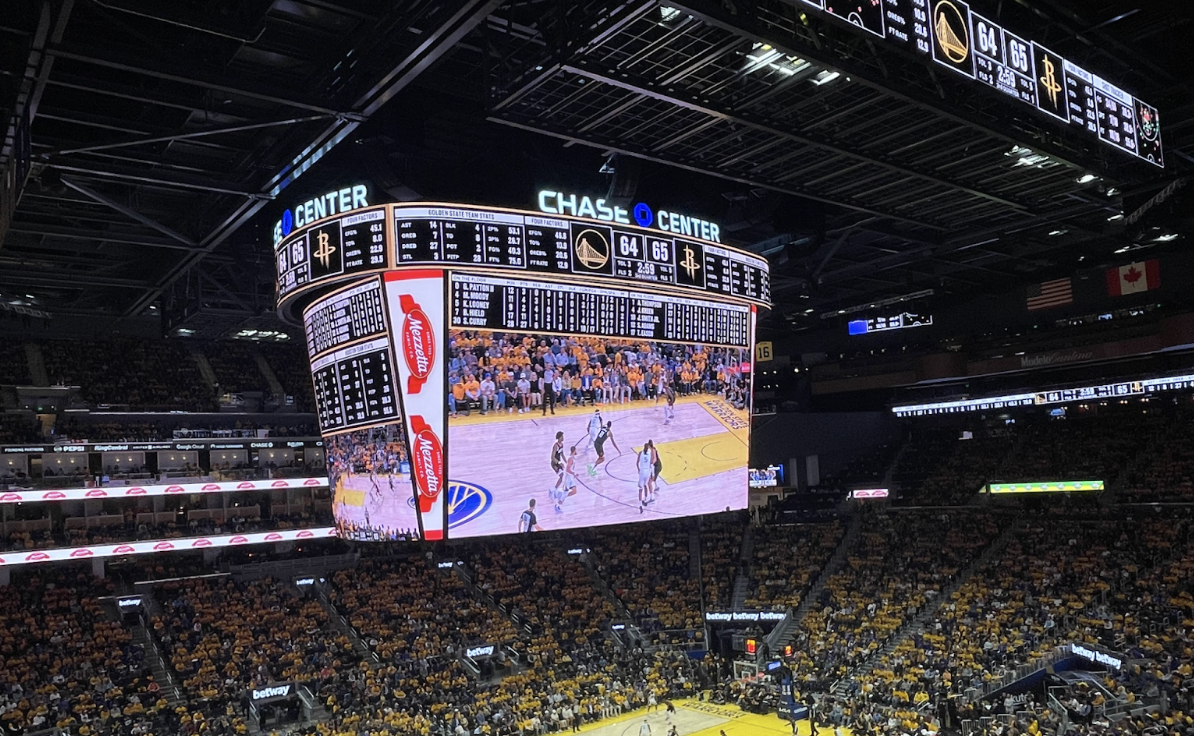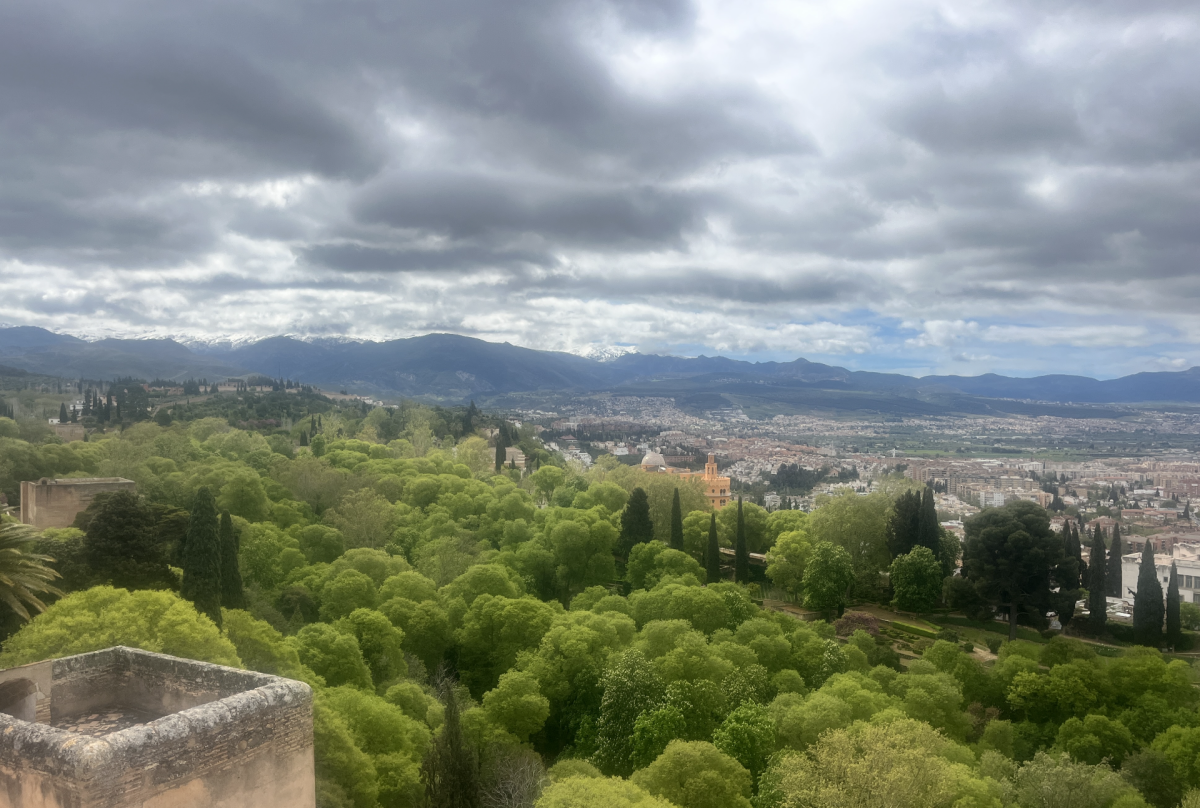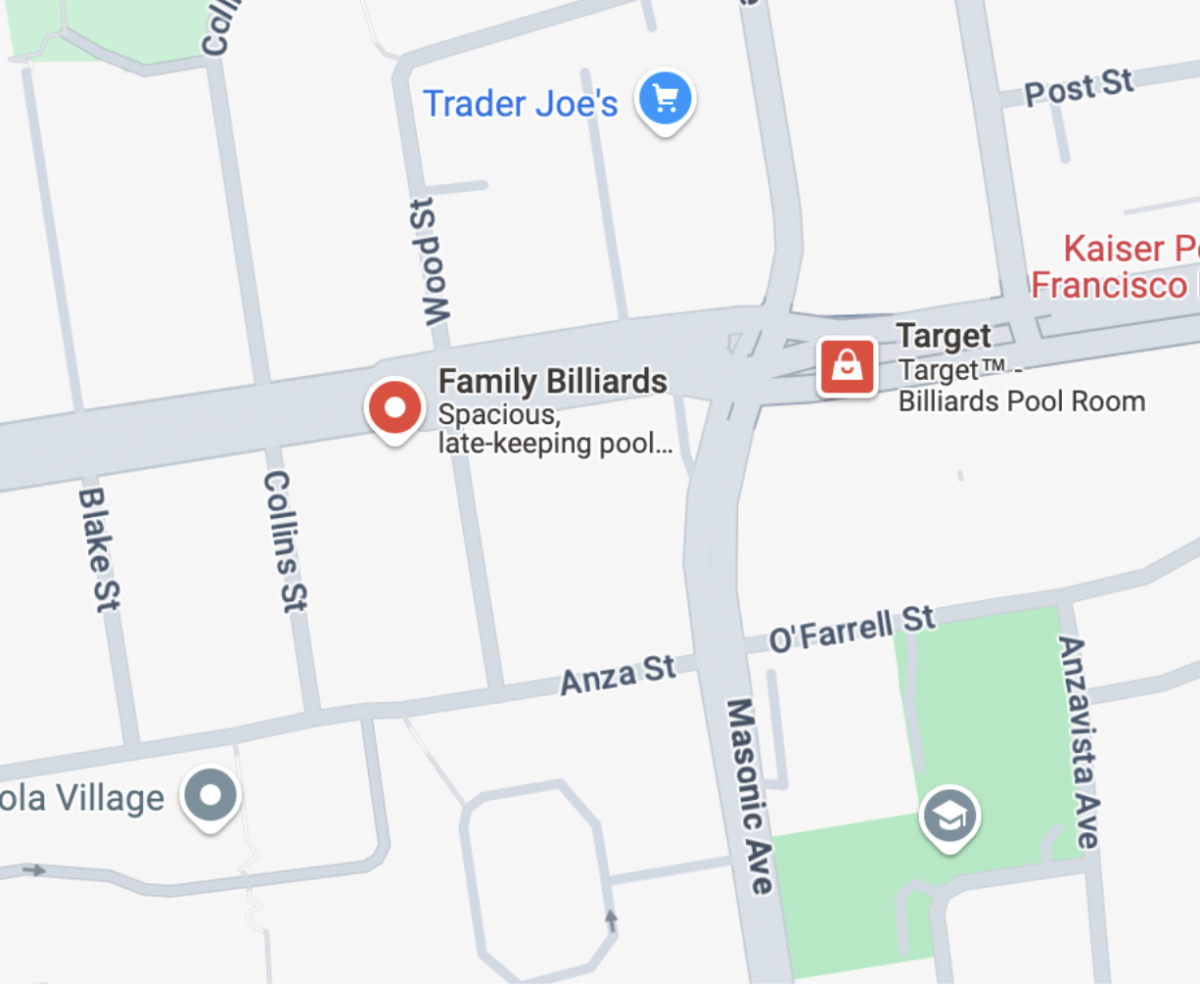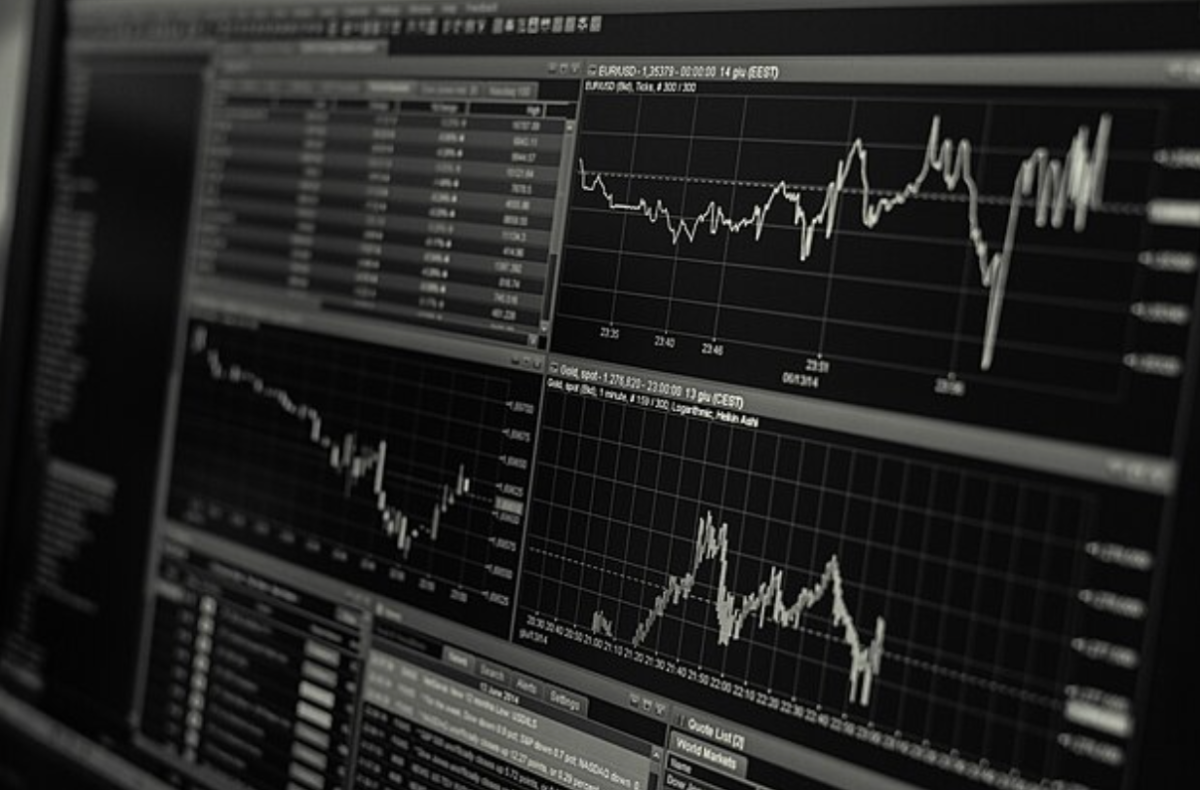Today marks the anniversary of the most powerful earthquake in United States history, and the second most powerful earthquake recorded with modern technology. On March 27, 1964, a tremor hit Alaska, and it sent shock waves 300,000 square miles away from the epicenter, which was 12 miles north of Prince William Sound (a narrow pass of water off the Gulf of Alaska), to the U.S., Canada and international territories. The earthquake registered a 9.2 on the Richter scale, lasting over three minutes. It then triggered a massive tsunami that devastated coastal communities, killing an estimated 129 people and injuring thousands more.
After the earthquake struck, the devastation was apparent and staggering. The disaster caused damage worth a total of 400 million dollars in 1964, according to NOAA. The President at the time, Lyndon B. Johnson declared Alaska a disaster area the following day. The Pacific and North American plates subducted each other in the event and impacted nearly all of mainland Alaska. In Anchorage, Alaska’s largest city located west of the fault rupture, more than 30 blocks of downtown homes and businesses were ravaged. Today, many don’t know about this puissant natural disaster, according to sophomore Sophia Lum.
“Living in San Francisco, I always learned about the 1906 earthquake in our city,” Lum said. “I had assumed that the 1906 earthquake was one of the strongest, if not the strongest, in the country,”
While the initial quake caused destruction, the subsequent tsunami was also devastating. Some waves reached over 220 feet, leading to damage in Alaska, British Columbia, Hawaii and the U.S. West Coast. The tsunami waves traveled through coastal towns, wreaking havoc as far as Crescent City, California. In Louisiana and Texas, sloshing water due to the quake was recorded in multiple bodies of water.
Thousands of aftershocks continued through the region for three weeks after the initial quake, and it wasn’t until more than a year later that the aftershocks finally subsided. They even reached into Oregon and California, according to Librarian Alyson Barett.
“Growing up in Oregon, my mom used to tell me stories about the 1964 earthquake,” Barett said. “Back home we lived along the coast in Oregon, there was always an ever present threat of an earthquake striking, this specific event was a scary but cautionary tale,”
In some areas, the ground rose by as much as 82 feet, Islands near Hinchinbrook and Kodiak Island were permanently raised by thirty feet and over 46,000 square miles of land tilted. The quake reshaped southern Alaska forever.
The sheer force of the shake was so powerful that it sent vibrations through the Earth itself, making the entire planet reverberate —it was one of the first times such an effect had ever been recorded. In Seattle, more than 1,200 miles away, the quake caused the Space Needle to oscillate. Despite its devastation, this natural disaster provided a wealth of information to scientists about subduction zone earthquakes and completely shifted the understanding of earthquakes.
“Earthquakes are terrifying,” Lum remarked. “They are disasters which are made to destroy and change everything around you.”



